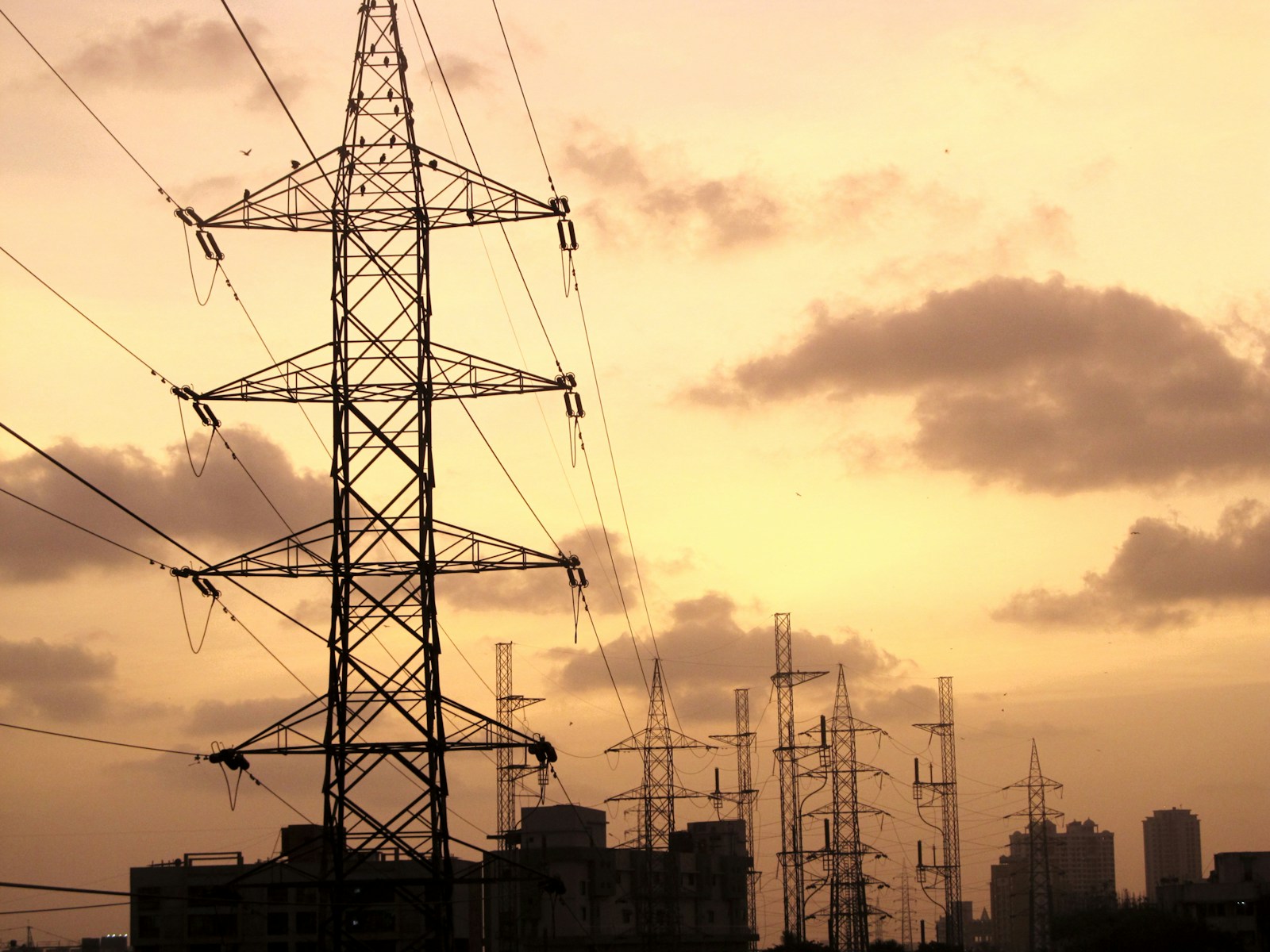Gujarat Urja Vikas Nigam Wins In Supreme Court; Essar Power Liable To Reimburse Fixed Electricity Charges

The Supreme Court’s judgment in Gujarat Urja Vikas Nigam Limited vs. Essar Power Limited and Another concerns appeals under Section 125 of the Electricity Act, 2003, filed by Gujarat Urja Vikas Nigam Limited (GUVNL) against a common judgment of the Appellate Tribunal for Electricity (APTEL) dated March 21, 2025. These appeals trace their origin to a long-standing dispute dating back to 2005 and an order passed by the Gujarat Electricity Regulatory Commission (GERC) in 2019. The matter revolves around the alleged wrongful diversion of electricity by Essar Power Limited (EPL) to Essar Steel Limited (ESL) from GUVNL’s allocated share under a Power Purchase Agreement (PPA).
Table of Contents
Introduction
The case arises from a contractual arrangement between GUVNL (through its predecessor GEB) and EPL for the supply of electricity from EPL’s Hazira plant. The appeals stem from orders of both GERC and APTEL, which addressed key issues, including computation of electricity diversion, entitlement to fixed charge reimbursement, and methodology for calculating compensation for wrongful supply to ESL.
Factual Background
The Gujarat Electricity Board entered into a PPA with EPL on 30th May 1996 for a 20-year supply arrangement. EPL’s plant, with a total capacity of 515 MW, was set to deliver 300 MW to GEB and 215 MW to ESL, a sister company of EPL. The agreement ensured a proportionate allocation of 58.25% for GEB and 41.75% for ESL. However, disputes emerged when EPL allegedly supplied more power to ESL than agreed, thereby breaching the proportionate allocation principle. GEB claimed that such excess supply should be treated as a deemed supply to GEB, warranting compensation. This led to prolonged correspondence, with proposals for monetary recovery, including a claim of ₹64 Crores by GEB for diversion during 1998–2004. EPL initially accepted the claim but later disputed aspects related to electricity duty.
Procedural History and Prior Adjudications
The dispute moved through multiple layers of adjudication. In 2009, GERC ruled in favour of GUVNL on key points, holding EPL bound to proportionately declare capacity and awarding compensation at tariff rates less variable costs, while barring older claims by limitation except for the ₹64 Crores settlement. In 2010, APTEL reversed some findings, stating that EPL was not required to declare entire capacity and rejecting claims for proportionate losses. In 2016, the Supreme Court restored GERC’s order, rejecting APTEL’s interpretation and remanding the matter for quantification of actual losses. Following this, GERC in 2019 computed diversion at an hourly rate up to February 23, 2005, and at a half-hourly rate thereafter, awarding compensation and payment delays charges, while denying fixed charge reimbursement. In 2025, APTEL partly altered GERC’s findings, restoring hourly computation throughout, confirming the compensation method, and remanding select issues for re-computation.
Supreme Court’s Analysis on Interpretation of the 2016 Decision
The Court emphasised that its earlier ruling in 2016 must be read in full, as it had conclusively established the proportionate allocation obligation and capacity declaration requirement under the PPA. APTEL’s reversal on these aspects was flawed, and GERC’s foundational order from 2009 was correctly restored.
Reimbursement of Fixed Charges
A significant divergence from lower forums concerned fixed charges. The Supreme Court held that GUVNL was entitled to reimbursement of fixed charges for power diverted to ESL from its share. This reimbursement was distinct from diversion compensation and stemmed from contractual obligations under Article 7.1.1 of the PPA. EPL’s recovery of fixed charges from both GUVNL and ESL for the same units would amount to unjust enrichment, hence restitution principles applied.
Computation of Electricity Diversion
On the dispute over computation methodology, the Court acknowledged that the PPA originally contemplated hourly periods for defining availability. However, the practical scenario evolved when EPL sought the Central Electricity Authority’s guidance in 2003, leading to the adoption of a half-hourly metering scheme from February 23, 2005. As both parties implemented this system, EPL could not resist its application later. Thus, the Supreme Court upheld GERC’s half-hourly computation from February 2005 onwards and its hourly basis prior to that date, noting that APTEL’s rejection ignored the subsequent consensual change.
Compensation for Wrongful Diversion
The Court reiterated that compensation for excess supply to ESL wrongfully diverted from GUVNL’s share was to be computed at the HTP-1 Tariff Energy Charge rate reduced by variable costs. This approach was enshrined in the earlier settlement and affirmed in judicial findings since 2009.
Remand on Outstanding Issues
The Court found no error in APTEL’s decision to remand specific matters to GERC, such as discrepancies in Deemed Generation Incentive amounts and verification of actual deductions by GUVNL. These required factual examination by the regulatory commission rather than appellate intervention.
Conclusion and Final Directions
The Supreme Court disposed of the appeals with clear directions. GUVNL is entitled to both reimbursement of fixed charges for diverted electricity and compensation for wrongful diversion. The computation methodology must apply hourly periods until February 23, 2005, and half-hourly thereafter. Compensation shall follow the HTP-1 Tariff Energy Charge method less variable costs. Issues remanded by APTEL for further scrutiny remain valid for GERC’s determination. Each party is to bear its own costs.
For more details, write to us at: contact@indialaw.in
By entering the email address you agree to our Privacy Policy.



